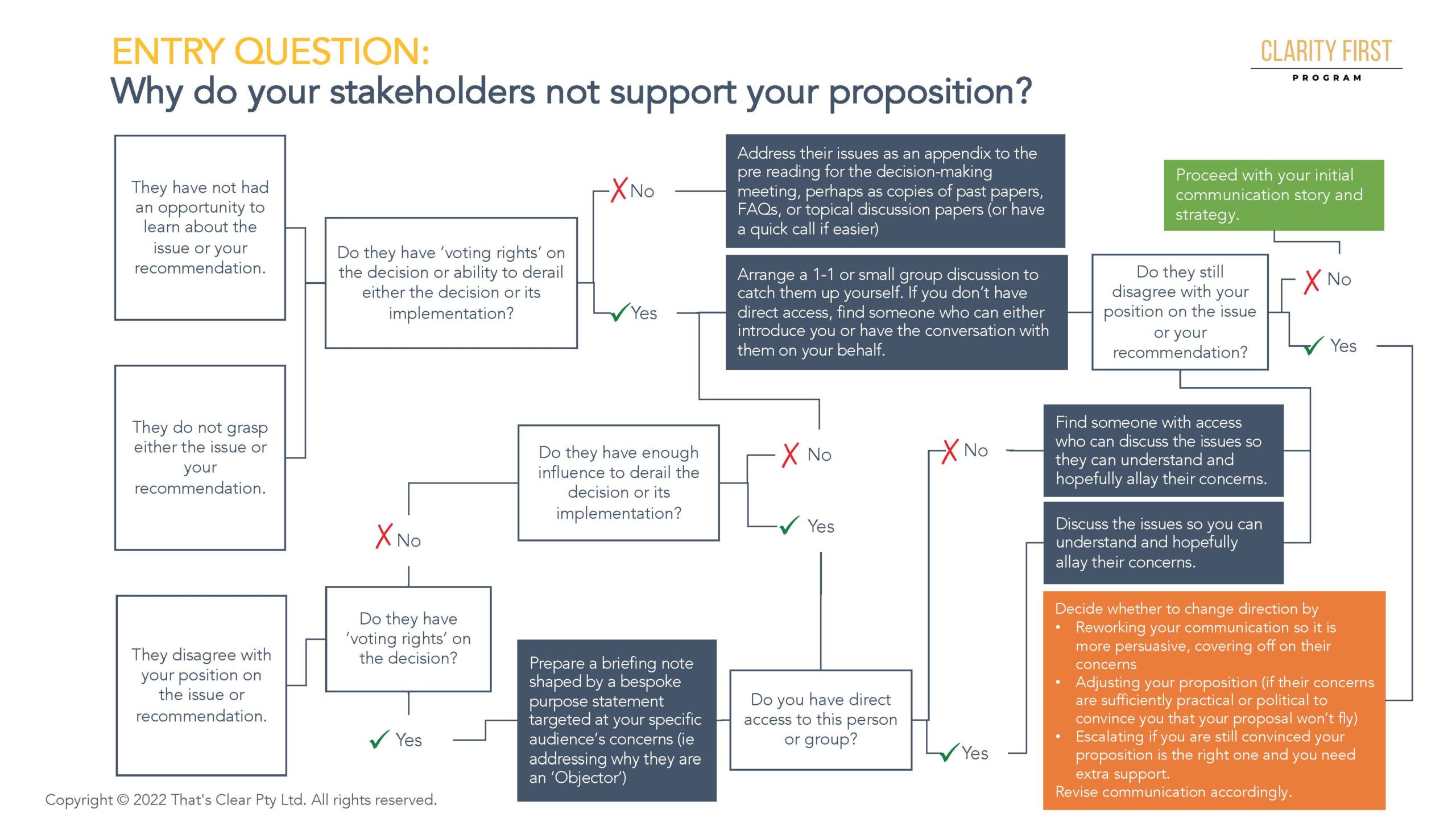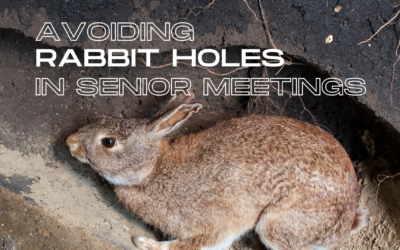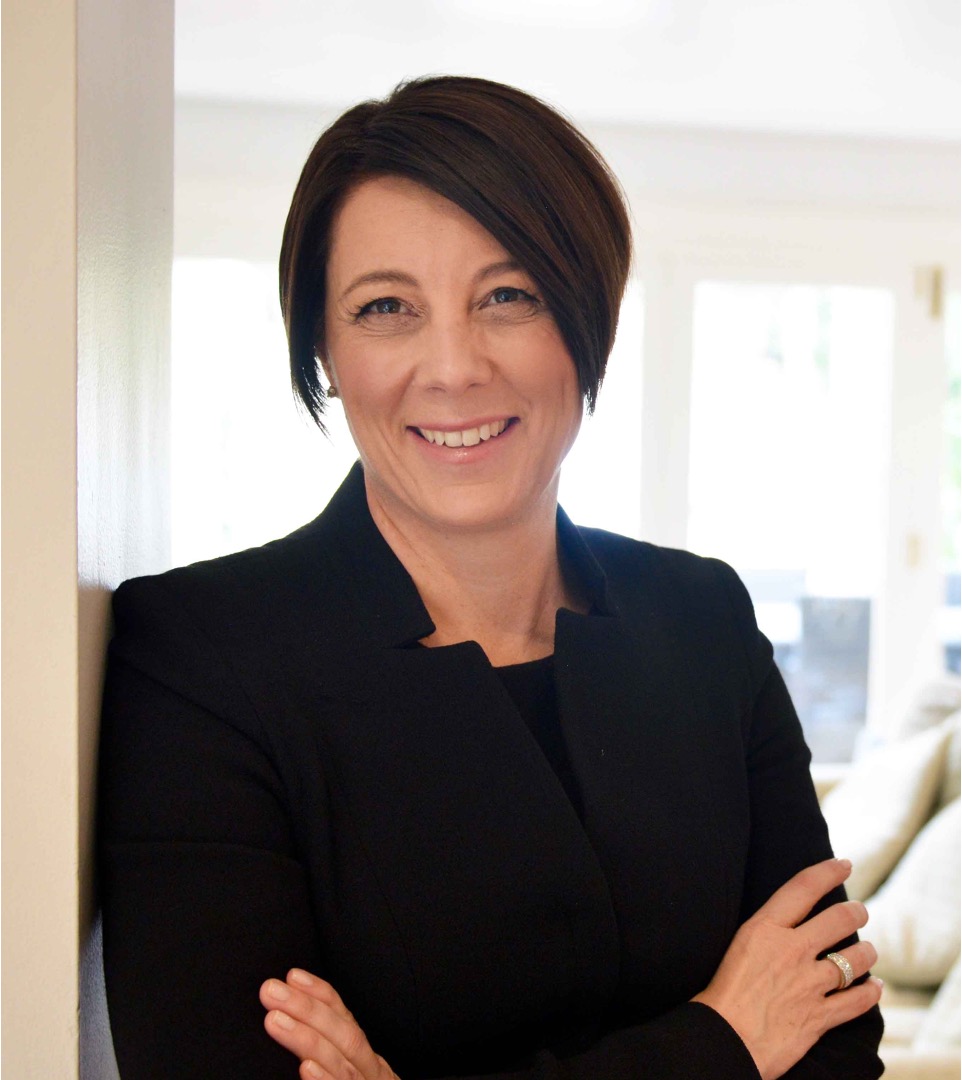
Clarity of communication = clarity of skin
This is an unusual post but one I hope will help.
I just responded to a post by an old friend, Dr James Muecke who happened to be Australian of the year in 2020 for his work fighting sugar.
Look at how well he simplified and shared the message ….
Great (cheeky?) use of humour – Zits away …?
Demonstrates credibility – This recent systematic review concludes that “high glycemic index, increased glycemic load, and carbohydrate intake have a modest yet significant proacnegenic effect.”
Simple and visual summary – In other words, sugar => pimples
Clear takeaway that had me thinking about the young people in my own family – This might just motivate your kids to reduce their sugar intake …
Although I would have reordered these points for greater impact, I was thoroughly impressed by the simplicity and the timing (given many of us are about to binge on chocolate during Easter!).
I hope that helps.
Kind regards,
Davina


PRESENTED BY DAVINA STANLEY
I love what I do.
I help senior leaders and their teams prepare high-quality papers and presentations in a fraction of the time.
This involves 'nailing' the message that will quickly engage decision makers in the required outcome.
I leverage 25+ years' experience including
- learning structured thinking techniques at McKinsey in Hong Kong in the mid 1990s before coaching and training their teams globally as a freelancer for a further 15 years
- being approved to teach the Pyramid Principle by Barbara Minto in 2009
- helping CEOs, C-suite leaders and their reports deeply understand their stakeholder needs and communicate accordingly
- seeing leaders cut the number of times they review major papers by ~30% and teams cut the amount of time they take to prepare major papers by ~20%*
- watching senior meetings focus on substantive discussions and better decisions rather than trying to clarify the issue
My approach helps anyone who needs to engage senior leaders and Boards.
Recent clients include 7Eleven, KPMG, Mercer, Meta, Woolworths.
Learn more at www.clarityfirstprogram.com
(*) Numbers are based on 2023 client benchmarking results.



















